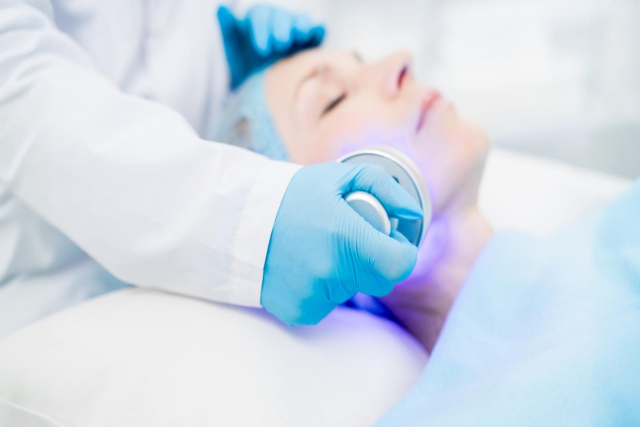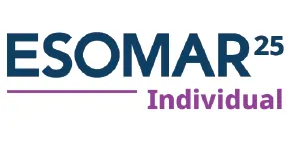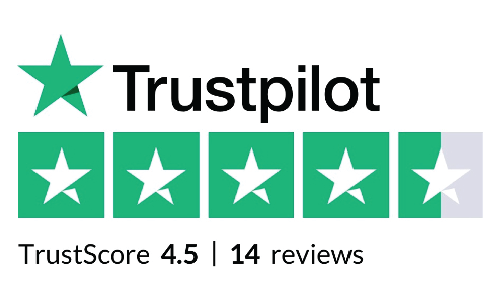
In recent years, photodynamic therapy (PDT) has become popular in dermatology as a minimally invasive therapeutic procedure. This innovative treatment uses light and a photosensitizing agent, such as aminolevulinic acid (ALA) or methyl ALA, to target and destroy abnormal skin cells.
What exactly makes photodynamic therapy a game-changer in dermatology? PDT offers a less invasive and highly effective solution for treating various skin conditions. This is due to its benefits like
- Minimally invasive nature
- Selective targeting
- Faster healing times
- Repeatability
- Fewer side effects
- Cost-effectiveness
- Cosmetic benefits
Photodynamic therapy is mostly effective in treating areas of the body where light can reach. This makes it particularly useful for certain skin cancers and pre-cancers. As a result, its expanding applications of PDT in dermatology are driving significant growth of the global photodynamic therapy industry. According to Coherent Market Insights (CMI), the target industry is forecast to record a CAGR of 8.6% during the forecast period, highlighting the increased demand for non-invasive skin treatments.
How Photodynamic Therapy Works in Dermatology?
Firstly, a photosensitizing agent is administered either intravenously or topically. These agents are absorbed by abnormal skin cells over a certain period of time. Once the photosensitizer gets absorbed, light is applied to the target area. This light activates the photosensitizer, which then produces a reactive oxygen molecule that destroys targeted cancer cells.
Role of Photodynamic Therapy in Dermatology
In the modern world, PDT plays a key role in treating skin conditions like acne, psoriasis, and actinic keratosis. It has already been approved by FDA for treating actinic keratosis and basal cell skin cancer.
Photodynamic Therapy for Acne
PDT is being widely used for treating moderate-to-severe acne. It has the tendency to target and kill Propionibacterium acnes, the bacteria responsible for acne. Moreover, PDT helps shrink sebaceous glands and reduce oil production, resulting in clearer skin.
Photodynamic Therapy for Actinic Keratosis
A key application of PDT is the management of actinic keratosis. It has the potential to effectively destroy dysplastic cells without causing scarring. This makes PDT a preferred treatment for large or cosmetically sensitive areas.
PDT for Psoriasis Treatment
Photodynamic therapy can also be used in combination with other treatments to manage psoriasis. It has the potential to target overactive immune cells and reduce inflammation.
Photodynamic Therapy for Rosacea
PDT also has the ability to reduce inflammation and target blood cells. Courtesy of this, it can help manage redness and flushing associated with rosacea.
PDT in Non-Melanoma Skin Cancer Management
Photodynamic therapy has demonstrated its effectiveness in treating squamous cell carcinoma and superficial basal cell carcinoma. It offers a non-invasive solution to target abnormal cells without damaging the surrounding healthy tissues. PDT uses photosensitizing agents activated by light to selectively target and destroy skin cancer cells.
PDT for Bowen’s Disease (SCCIS)
Surgery remains the gold standard for treating Bowen’s disease. Studies, however, have also shown promising results for ALA-PDT treatment for SCCIS.
Photodynamic Therapy for Skin Rejuvenation and Anti-aging
Today, people are showing interest in light-based skin therapy for skin rejuvenation and anti-aging. This is where photodynamic therapy steps in.
PDT has become a popular tool for skin rejuvenation applications. It improves skin texture and reduces wrinkles by stimulating collagen production. Growing demand for non-invasive anti-aging treatments will likely fuel PDT demand in the coming years.
Laser vs Photodynamic Therapy
|
Attributes |
Photodynamic Therapy |
Laser Therapy |
|
Mechanism |
Uses a Photosensitizing Agent Activated by Light to Target Abnormal Skin Tumors. |
Uses Focused Light Energy to Treat Tissues. |
|
Light Source |
Non-thermal Light (LED and Other) |
Laser |
|
Primary Application |
Treatment of Skin Cancer, Psoriasis, Acne, and Other Skin Conditions. |
Skin Rejuvenation, Tumor Ablation, Hair Removal, and Pain Management. |
|
Selectivity |
Can Highly Target Specific Cells Exposed to Light. |
Can Be Selective But May Affect Surrounding Tissues |
|
Side Effects |
PDT Side Effects in Dermatology Include Skin Sensitivity, Mild Pain, Photosensitivity, and Temporary Redness. |
Redness, Burns, Swelling, and Scarring. |
|
Effectiveness |
Effective for Selectively Destroying Abnormal Cells. |
Effective for Precise Tissue Removal and Simulation. |
Photodynamic therapy is revolutionizing dermatology by offering a safe, effective, and non-invasive alternative to conventional methods. It allows dermatologists to treat various skin conditions, such as acne and psoriasis, without damaging healthy tissues. PDT’s ability to target abnormal cells with minimal side effects make it a game-changer, providing a safer alternative to traditional technologies.






